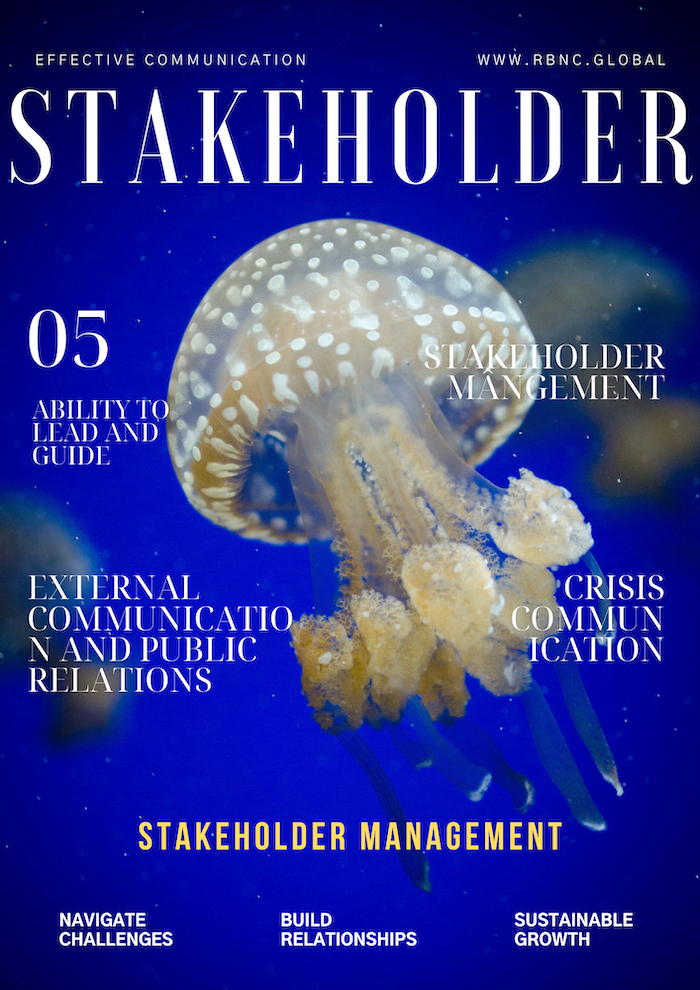Chapter 3: Building a Strong Leadership Team
A CEO's success is intricately linked to the strength of their leadership team. A cohesive and high-performing team can translate the CEO's vision into actionable strategies, drive organizational growth, and navigate complex challenges. In this chapter, we will explore the multifaceted aspects of building a strong leadership team, from selecting the right individuals to fostering collaboration and nurturing leadership potential.
3.1 Selecting the Right Team Members
Exceptional CEOs recognize that assembling a leadership team with complementary skills and diverse perspectives is paramount. They carefully select individuals who share the organization's values, align with the CEO's vision, and bring a mix of expertise to the table.
- Skill Diversity: CEOs adept in team selection identify team members with a range of skills, from strategic thinking and operational excellence to communication and innovation.
- Cultural Fit: These CEOs ensure that potential team members align with the organization's culture, values, and long-term objectives, promoting unity and shared purpose.
- Evaluating Leadership Potential: CEOs assess not only current capabilities but also the potential for growth and development within team members. They seek individuals who demonstrate the capacity to lead and adapt to changing circumstances.
- >>> More
3.2 Fostering Collaboration and Trust
CEOs who build a strong leadership team prioritize collaboration and trust among team members. They create an environment where open communication and mutual respect flourish.
- Shared Vision: CEOs skilled in fostering collaboration ensure that team members share a common understanding of the organization's vision and goals. This alignment drives coordinated efforts.
- Open Dialogue: These CEOs encourage open and constructive dialogue within the team. They facilitate discussions where diverse viewpoints are welcomed and respected.
- Conflict Resolution: CEOs adept in trust-building address conflicts swiftly and professionally. They promote healthy conflict resolution to prevent disagreements from escalating and damaging team dynamics.
- >>> More
3.3 Empowering Decision-Making
Successful CEOs empower their leadership teams to make informed decisions within their respective domains. They trust team members' expertise and encourage ownership.
- Delegation: CEOs proficient in empowering decision-making delegate responsibilities to team members, allowing them to take ownership of their areas and contribute meaningfully.
- Clear Boundaries: These CEOs define decision-making boundaries to avoid ambiguity. They clarify which decisions require higher-level approval and which can be made autonomously.
- Support and Guidance: CEOs provide the necessary support and guidance to ensure that team members have the resources and information needed to make effective decisions.
- >>> More
3.4 Nurturing Leadership Development
CEOs committed to building a strong leadership team recognize the importance of cultivating leadership potential within the organization. They invest in the development of future leaders.
- Mentoring and Coaching: CEOs skilled in nurturing leadership development provide mentoring and coaching to emerging leaders. They share insights, offer guidance, and create opportunities for growth.
- Succession Planning: These CEOs create a succession plan that identifies potential leaders and outlines pathways for their growth within the organization.
- Learning Opportunities: CEOs promote continuous learning within the leadership team, providing access to workshops, training, and experiences that enhance leadership skills.
- >>> More
3.5 Communication Excellence
CEOs who build a strong leadership team understand that effective communication is the foundation of collaboration. They foster a culture of transparent and clear communication.
- Regular Updates: CEOs proficient in communication excellence provide regular updates on the organization's progress, challenges, and strategic shifts to keep the leadership team informed and aligned.
- Two-Way Communication: These CEOs encourage feedback from the leadership team and actively listen to their insights and concerns. They create an environment where all voices are valued.
- >>> More
Conclusion:
Building a strong leadership team is an art that requires careful selection, fostering collaboration, empowering decision-making, nurturing leadership potential, and maintaining open communication. CEOs who assemble a high-performing leadership team amplify their impact, drive organizational success, and create a resilient foundation for growth. By cultivating a culture of shared purpose, trust, and continuous development, CEOs can propel their organizations forward with the collective strength of their leadership team.
Back to: Preparing for Your Role as a CEO: A Comprehensive Guide









